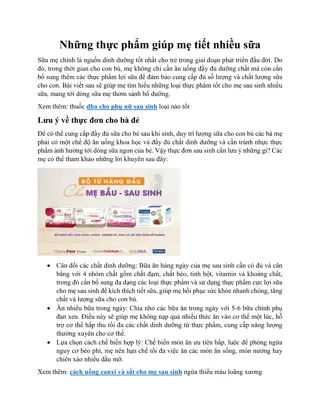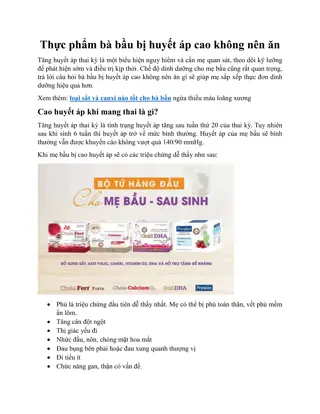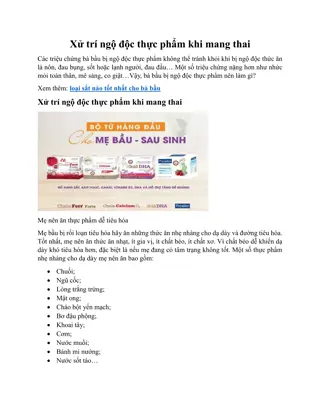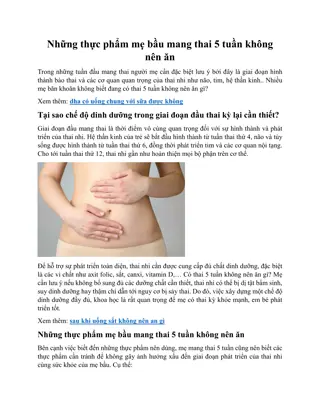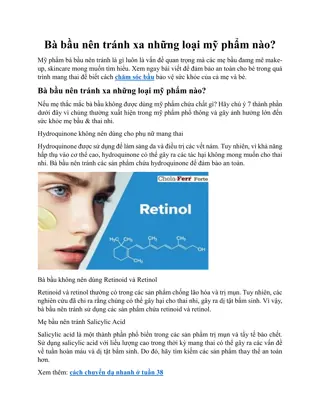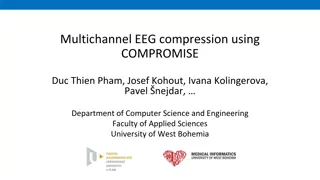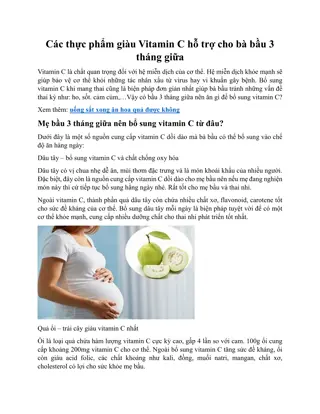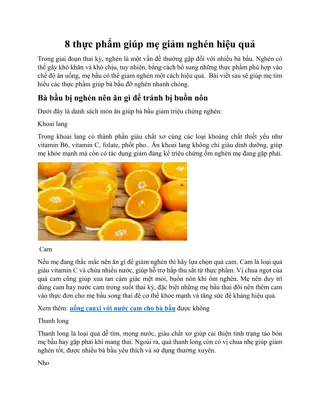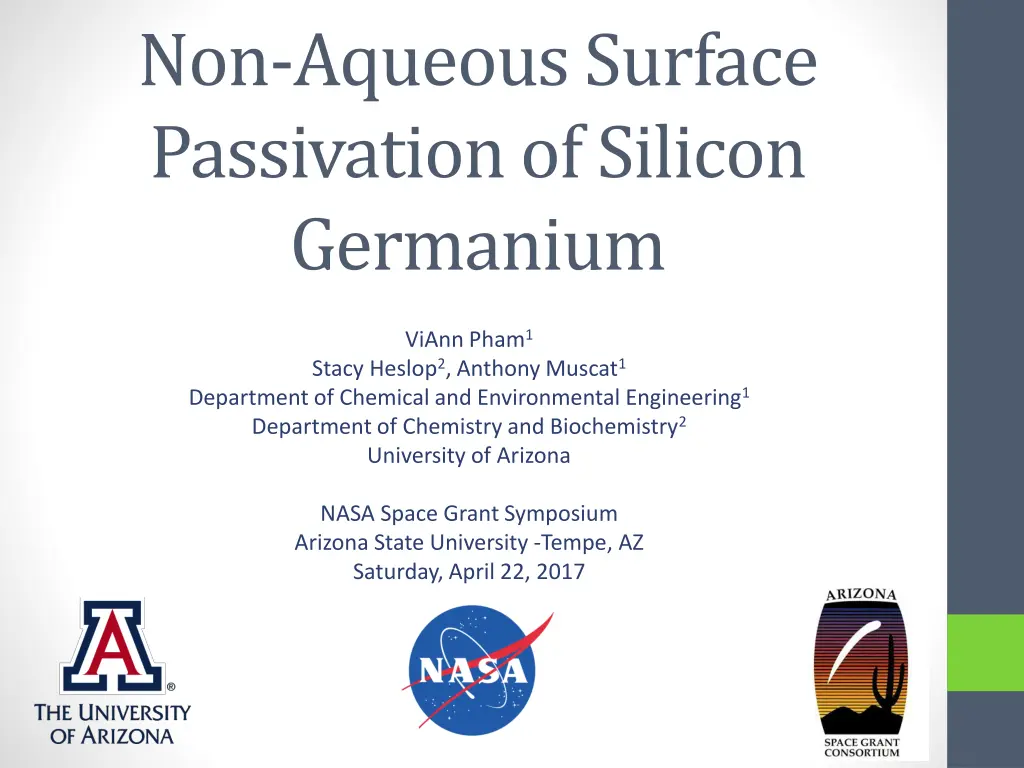
Surface Passivation of Silicon Germanium
"Explore non-aqueous surface passivation methods for enhancing the performance of Silicon Germanium materials. The research aims to develop a sulfur passivation layer to protect SiGe surfaces from reactivity, with a focus on reducing unstable oxides. The study investigates the solubility of sulfur in various solvents and outlines a detailed procedure for non-aqueous passivation. Characterization techniques like spectroscopic ellipsometry and goniometry are employed for measuring layer thickness and water contact angles."
Uploaded on | 0 Views
Download Presentation

Please find below an Image/Link to download the presentation.
The content on the website is provided AS IS for your information and personal use only. It may not be sold, licensed, or shared on other websites without obtaining consent from the author. If you encounter any issues during the download, it is possible that the publisher has removed the file from their server.
You are allowed to download the files provided on this website for personal or commercial use, subject to the condition that they are used lawfully. All files are the property of their respective owners.
The content on the website is provided AS IS for your information and personal use only. It may not be sold, licensed, or shared on other websites without obtaining consent from the author.
E N D
Presentation Transcript
Non-Aqueous Surface Passivation of Silicon Germanium ViAnn Pham1 Stacy Heslop2, Anthony Muscat1 Department of Chemical and Environmental Engineering1 Department of Chemistry and Biochemistry2 University of Arizona NASA Space Grant Symposium Arizona State University -Tempe, AZ Saturday, April 22, 2017
Motivation Problem: SiGe and Ge form unstable oxides that inhibit device performance. Need to find effective surface passivation method for SiGe and Ge Passivation layer = coat of protective material that reduces the amount of chemical reactivity on the surface Material Hole Mobility (cm2 V/s) Silicon 200 Germanium 450 Del Alamo, Jes s A. "Nanometre-scale electronics with III-V compound semiconductors." Nature 479.7373 (2011): 317- 323. https://www.androidcentral.com/sites/androidcentral.com/fil es/styles/xlarge/public/article_images/2015/01/Transistor.pn g 2
Background Solubility of Sulfur in Various Solvents Use elemental sulfur as passivation reagent. Soluble in non-aqueous solvents Forms oligomers (chains) on the surface Chains could form multilayers which resist reoxidation. Solvent Solubility (mM) 1.9 x 10-5 Water Ethanol 0.9 Benzene 88 Jacques Boulegue, Taylor-France Online. Solubility of Elemental Sulufur in Water at 298 K,, 5(1), (2006) 3
Objectives Goal: Develop a non-aqueous process that deposits a sulfur passivation layer on SiGe 75%. Passivation layer must protect the surface from reacting with ambient conditions. SiO2/GeO2 sulfides SiGe 75% SiGe 75% Sulfur-passivated surface Control 4
Procedure Control Rinse 30 s in EtOH/benzene, N2 dry Cleaning and etching SC-1 2 min 1:1:500 NH4OH:H2O2: H2O UPW rinse 1 min, N2 dry HF/HCl Oxide strip 5 min 1:3:300 HF:HCl:H2O SiO2/GeO2 SiGe 75% SiGe 75% Passivation SiO2/GeO2 (NH4)2S/S in EtOH/S in benzene passivation 20 min 1:100 (NH4)2S:H2O/S in EtOH/S in benzene Rinse 30 s in DIW/EtOH/benzene, N2 dry SiGe 75% SiGe 75% SiGe 75% 5 Sulfur passivation layer SiGe 75%
Characterization Spectroscopic ellipsometry Measured overlayer (sulfur and oxides) thickness Goniometry Measured water contact angle 6 Wikimedia Commons The Leibniz Institute of Polymer Research Dresden
Surfaces treated with sulfur in benzene result in 3.6 0.3 nm overlayer thickness. Sulfur in ethanol shows a larger overlayer thickness than (NH4)2S and HF/HCl controls, but layer does not resist oxidation. Benzene processes deposit a mixture of carbon and sulfur species. 7
Surfaces treated with benzene are more hydrophobic than surfaces treated with ethanol. Goniometry Data Passivation Treatments Water Contact Angle ( ) S in benzene: hydrophobic S in benzene 69.3 0.02 Benzene control 61.8 0.07 S in EtOH 20 min 37.1 0.06 EtOH control 32.3 0.11 (NH4)2S HCl/HF control 19.1 0.06 24.0 0.11 S in EtOH: hydrophilic Native oxide 72.8 0.06 8
Results Surfaces treated with sulfur dissolved in alcohols Overlayer thickness of 1.4 0.1 nm Water contact angle of 37.1 0.1 Surfaces treated with sulfur dissolved in benzene Overlayer thickness of 3.6 0.3 nm Water contact angle of 69.3 0.02 carbon/sulfides SiO2/GeO2/sulfides SiGe 75% SiGe 75% 9
Conclusions Surfaces treated with sulfur dissolved in benzene Carbon and sulfur species present on surface. Surfaces with sulfur in benzene hydrophobic Confirms carbon is present on surface Surfaces with sulfur in alcohols hydrophilic Confirms oxides present on surface Future Work Analyze sulfur-treated surfaces using x-ray photoelectron spectroscopy (XPS) Determine chemical species on surface. Hybrid approach Deposit single layer of sulfur on surface with ammonium sulfide to chemically satisfy dangling surface bonds. Deposit multilayers of elemental sulfur in organic solvent on top to form diffusion barrier that resists reoxidation. 10
Acknowledgements Muscat Research Group NASA/Arizona Space Grant Consortium Lam Research 11
Thank you! 12

